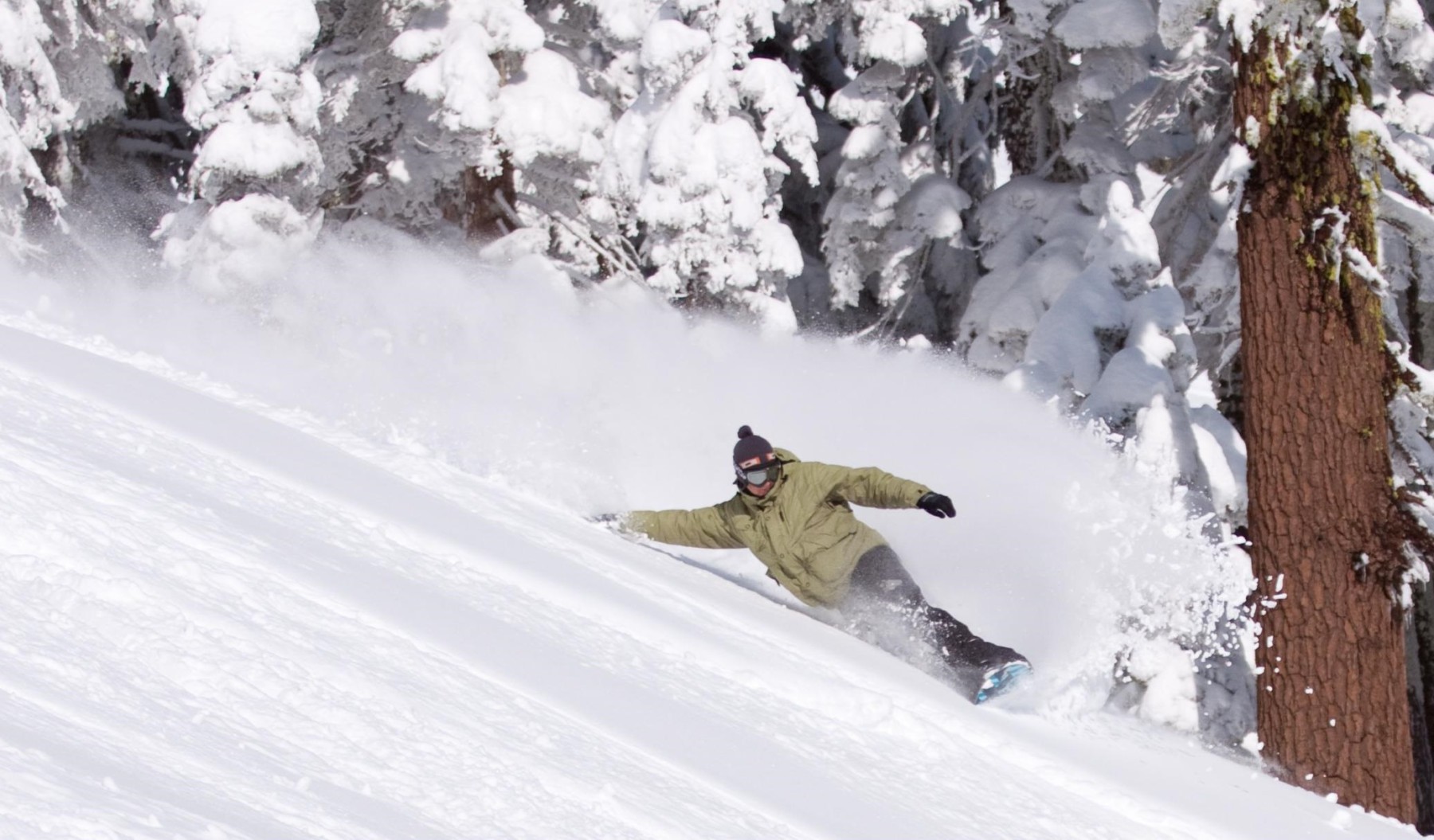All snowboarders know the feeling. You come off of your first day from boarding, and you lay down in bed, your body melting into the softness of the sheets. You suddenly feel your whole world move around you; you’re on the slopes once again. You open your eyes in shock, and all you see is darkness. You chuckle, knowing this feeling won’t go away for a few days.
We all love this feeling and long for the days this will happen again once the Springtime comes. However, don’t be quick to forget the pain–the pain of not staying in shape through the off-season to hold you up through your snowboarding trips in the Winter. By the end of a boarding trip, your legs usually feel like jello. You sometimes have to break for longer than you’d like, while boarding, in order to get back into the swing of things. But, if you are as serious about boarding as I am, however, you know you don’t want to waste one minute, while you’re out there.
Staying fit in the off season is key to improving your endurance for boarding activities, as well as nailing those complex tricks you are working on. Here’s how to make your lower body come out strong at the end of the off season.
1) Toe Raises
Toe raises are as simple as simple can be. Simply stand on the balls of your feet on the edge of a step, with your heels hanging off the edge. Place your one hand on the edge of a nearby railing for balance. Then, lower your heels down below the step’s horizon. If you are new to doing these, start off doing them with just your body weight pulling you downward. As you get more advanced, hold weights with your hands to give your calves the added push they may need to get stronger.
2) Squats on Squats on Squats
Pulse squats. These are a type of squat that has you performing a normal, body weight squat, but instead of just standing in position and holding it, you also pulse in position. This exercise is particularly important for snowboarders, because it resembles your journey down the slopes, as you go in and out of moguls, up and over hills, and down and around bumps on the ground’s surface.
Plyometric squats. These squats involve taking your pulse squats to the next level. You not only pulse in place, but you also jump off the ground as you push away from the ground. This will help those looking for a deeper workout to push themselves harder.
Pistol squats. This type of squat is not for the faint of heart. They are one of the most challenging squats there are. This is a squat you do with one leg. The other leg is held out in front of you as you lower your body down towards the ground.
3) Banded Exercises
Side, front, and rear lifts. Have a band tied to a piece of machinery near the ground. Make a loop at the other end of it, and put it around your ankle. Face away from the piece of machinery and lift your leg forward. Then turn and lift your leg sideways, away from the anchor weight. Then turn and lift your leg back away from the machine. Keep turning to work out different sides of your legs. Always make sure you are standing in an upright position when performing these leg lifts!
Banded side steps. Put a resistance band around the bottom of your thighs/top of your knees. Get down in squat position, and hold it. Then, take steps to the side for however long you feel you can go, and then, go back the other direction.
Remember: Consult your doctor before taking on any form of exercise, and be smart; listen to your body, and don’t overdo it!
With all these things in mind, set out to implement a workout that works for your particular needs, and you will be ready to shred those slopes the moment the mountains open again!
